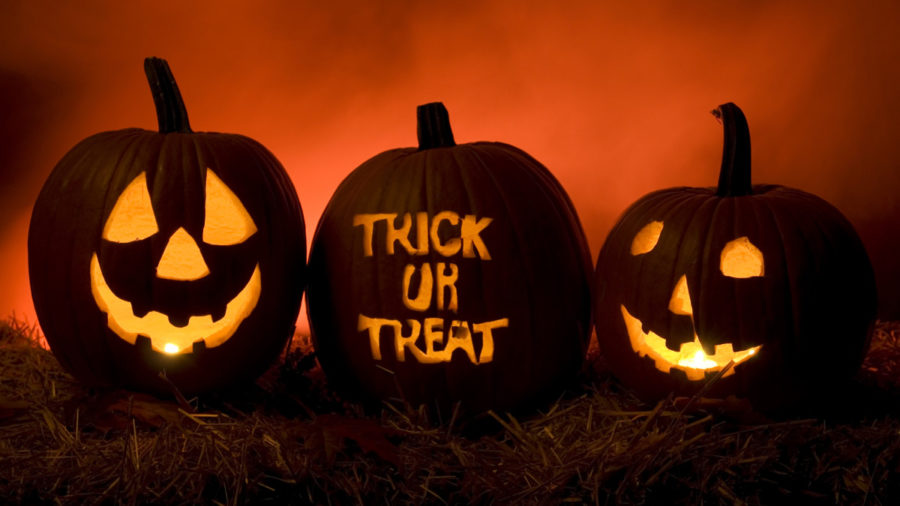Origin and Traditions of Halloween
There are many different Halloween traditions around the world, such as Día de los Muertos and Guy Fawkes Day.
October 25, 2021
Halloween is a holiday celebrated in many countries. With many knowing it for kids trick-or-treating around a neighborhood for candy, there is actually a lot more to the origin and traditions of Halloween around the world.
Halloween is rooted in the pre-Christian Celtic festival of Samhain. This also takes place on October 31, a day that the Celts believed that the dead returned to Earth, and they would offer sacrifices, pay homage to the dead, and light bonfires. In order to drive away phantom visitors, villagers would disguise themselves in costumes made of animal skins, and food left out from banquet tables was made to placate unwelcome spirits (History). People later began to dress as ghosts and demons and perform antics to receive food and drinks, which is very similar to how some people dress today.
The origin of trick-or-treating began with poor people visiting wealthier homes and “receiving pastries called soul cakes in exchange for a promise to pray for the souls of the homeowners’ dead relatives” (History). Children later did this as well, but instead asked for food, money, and ale. In countries such as Scotland and Ireland, children would participate in a tradition called guising, which is where they dress up in costumes and sing a song, recite a poem, or tell a joke in order to collect a treat from a household.
With many different countries around the world, many participate in different Halloween traditions. One tradition which takes place in Mexico and other Latin American countries is Día de los Muertos. This is translated to Day of the Dead and takes place on November 2. The day is made to “honor the dead who, it is believed, return to their earthly homes on Halloween” (History). An altar is typically made for relatives who have passed away, and items such as candy, flowers, photographs, food and drinks the deceased person liked, and water are left out (History).
In England, a holiday on the evening of November 5 called Guy Fawkes Day is celebrated. Though it takes place around the same time as Halloween, it is more related to the execution of an English traitor named Guy Fawkes. His execution on November 5, 1606, was a result of attempting to blow up England’s parliament building, as he was part of a Catholic group that wanted to remove King James from power (History). During this celebration, bonfires are lit everywhere, and children “also walk the streets carrying an effigy or “guy” and ask for “a penny for the guy,” although they keep the money for themselves” (History).
Last, in Ireland, Halloween is celebrated very similarly to how the United States celebrates it. Kids go trick-or-treating, and people go to parties and often play a game called “snap-apple”, where an apple is tied with a string to a doorframe or tree and people try to bite it (History). Additionally, barmbrack, which is a type of fruit cake, is a food many eat on Halloween as well.
With all of the different ways Halloween is celebrated around the world, it is interesting to see that many countries don’t trick-or-treat like in the United States. Juliana Neemeh (11) feels that it is “important to learn about different Halloween traditions around the world to have awareness of different cultures.” With this said, I hope you Mustangs have a wonderful Halloween!






































